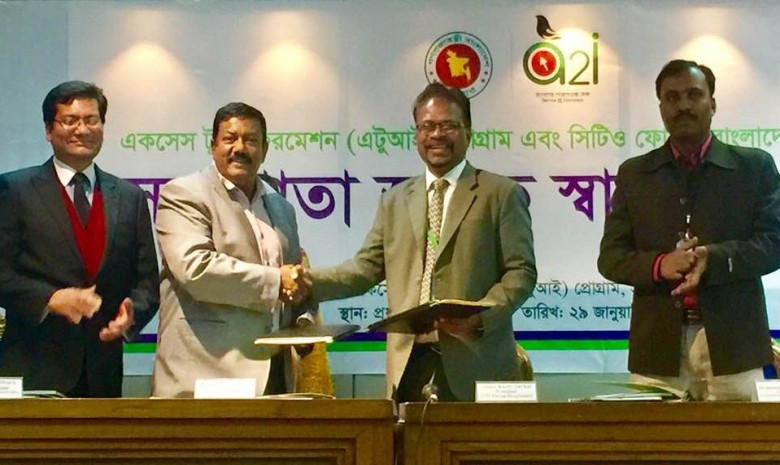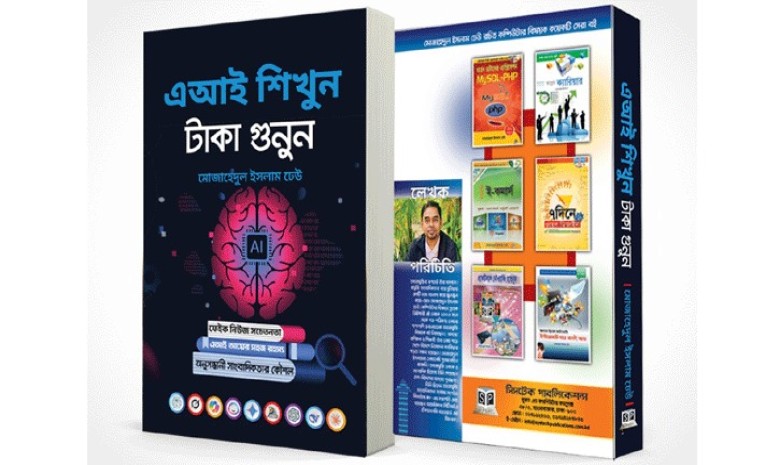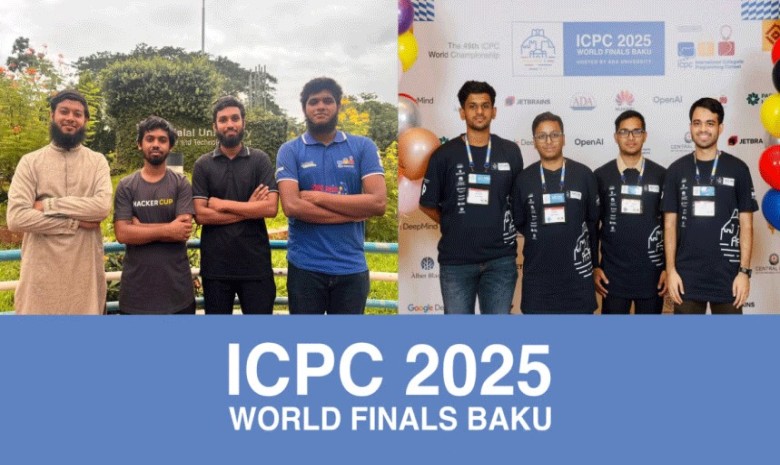The theme for International Women’s Day, 8 March 2022 is, “Gender equality today for a sustainable tomorrow”, recognizing the contribution of women and girls around the world, who are leading the charge on climate change adaptation, technological revolution, health, agriculture, industrialization, literacy, and to build a more sustainable future for all.
Technology in its various forms, including Information and Communication Technologies (ICTs), continues to redefine and revolutionize the way we all live and work. Harnessing this technology to advance gender equality and women’s empowerment is not only vital for women and girls but critical throughout the 2030 Agenda for Sustainable Development.
The link between technology and women’s rights is clearly reflected in SDG 5 on gender equality and the empowerment of women, which includes a specific target on utilizing technology and ICTs to realize women’s and girls’ empowerment. However, realizing gender equality reaches far beyond any single, individual goal. Gender equality is key to ensuring that no one is left behind, and is intrinsic to the success of each and every SDG.
Where women and girls are able to change their opportunities and perspectives through ICTs, their empowerment affects a wide range of outcomes even in informal work settings: in Pakistan, an innovative food-ordering platform links home-based women in the informal food industry to a wider pool of customers and provides a safe virtual marketplace for them to sell their meals. In Rwanda, some 3,500 women farmers are now connected through mobile technology to information, markets, and finance.
Box
ICTs offer vast potential for women and girls: from ending poverty to improving education and health, to agricultural productivity, and creating decent jobs.
ICTs are shaping future employment – but who will get those jobs?
ICTs are especially relevant today, as we face a rapidly changing world of work. How can we ensure that women and girls acquire the right ICT and STEM (Science, Technology, Engineering, and Mathematics) skills to compete on a par with boys and men in the 21st Century economy, enjoy greater choice, and access better-educated, better-paid jobs?
By 2020, it is expected that more than 7.1 million jobs will be displaced, and by 2050, half of the jobs that currently exist will have disappeared. That means that 65% of the children entering primary school today could eventually work in jobs that do not yet currently exist. The ‘Fourth Industrial Revolution is also bringing advanced robotics, autonomous transport, AI, and machine learning, all of which will have a major impact on the future labor market. Along with these challenges come opportunities.
It has been estimated that 90% of future jobs will require ICT skills, and some 2 million new jobs will be created in the computer, mathematical, architecture, and engineering fields.
The use of technology, manufacturing, and production, therefore, have the potential to support upskilling, redeployment, and productivity enhancement. Mobile broadband — or using tablets, mobile phones, and other portable devices to access the Internet — represents the fastest technological uptake in human history.
Hotspots are being set up by individuals and technology companies are experimenting with drones, balloons, and other innovations to extend access to and use of the Internet. Technical and ICT-related skills across industries also need to be supplemented by broader, stronger collaborative and social skills — such as persuasion, emotional intelligence, and the ability to learn and teach others.
Are our children learning the right lessons?
A recent study, ‘Gender stereotypes about intellectual ability emerge early and influence children’s interests show that already, by the age of 6, girls are already less likely than boys to describe their own gender as ‘brilliant’, and less likely to join an activity labeled for ‘very, very smart kids. When a young girl believes she is less intelligent and capable than a boy, she is also less likely to pursue STEM subjects that are often perceived as ‘hard’ through school and beyond. This study is one of many that paint a worrying picture of generations of girls being affected by negative stereotyping. New findings from a study of 9,500 girls and young women aged 11 to 18 in nine European countries underline the ‘leaky pipeline” finding: in Finland, 62% of female teenagers said they see the natural sciences as important, but only 37% said they would consider a career in that area.
Un-learning these biases and changing the stereotypes is no simple matter, yet it is essential if we are to see boys and girls able to compete on a more equal footing for the jobs of the future. This goes hand-in-hand with practical programs that teach immediately relevant skills. For example, in the Republic of Moldova, GirlsGoIT teaches girls digital, IT, and entrepreneurial skills and specifically promotes positive role models through video; similarly, in Kenya and South Africa, 20 Mozilla Clubs for women and girls teach basic coding and digital literacy skills in safe spaces.
A recently launched Unilever report on stereotyping shows that 77% of men and 55% of women believe that men are the best choice for high-stake projects32. Such beliefs have a sizeable impact on gender equality issues globally, with 60% of women and 49% of men indicating that stereotypes impacted their careers, their personal lives, or both. At the same time, nearly three out of four respondents (70%) believe that the world would be a better place if today’s children were not exposed to the gender stereotypes so prevalent in media and marketing, and so easily disseminated via online media.
So, how do we change the sexist messages that girls and boys are receiving?
This is a complex task that requires action on a number of fronts. We need to invest in programs that deconstruct negative stereotypes and traditional gender roles and work with marketers and the media to stop sexist – and sexualized – advertising, and ensure women are portrayed accurately and equally in TV, film, and the news media. We also need to work with schools to change the curriculum and with teachers to ensure that they do not have different expectations for boys and girls. Working with private sector partners who are prepared to engage seriously in rectifying gender inequality is a very important aspect of influencing changes for women in the workplace, with results that improve conditions for men too. And we must continue engaging with non-traditional allies, such as local and religious leaders, young people, and men and boys. This process of ‘un-stereotyping’, and empowering women to create their own narratives will be crucial to ensuring that ICTs drive progress towards achieving the 2030 Agenda.
Box
Positive role models have also proven to be a powerful tool in eliminating gender stereotypes, especially those relating to ICTs and women in STEM, including both perceived role models in the media, as well as real-life mentors and success stories.
We must expose girls and boys to role models in non-traditional fields — such as female engineers or male carers — and give women the chance to tell their own stories through programs such as the #HerStory campaign, which showcases the stories of women leaders and women who have been forgotten in history books.
The education-to-employment skills gap
Around the world, we are now facing a mismatch between the skills that employers demand and those that workers possess. The global “talent shortage” is currently at 38%, with the top ten hardest jobs to fill in STEM professions. There is currently a 200-million-person shortage of ICT-skilled workers around the world. Although more women than men now graduate from tertiary education in some countries (e.g. in many Pacific small island states), this is not resulting in increased economic opportunities.
To bridge this skills gap, we need to understand and teach the skills that women of all social classes need to take full advantage of ongoing technological advances. As digitization replaces workers (mostly in sectors such as the garment and agricultural industries), the need to offer women updated skills is becoming more critical. In manufacturing, service, and agricultural industries (where women are overrepresented), jobs are slowly being replaced by automation. We must help women to learn new skills and competencies, so they can adjust to the changes in these industries or retrain to take up positions in other sectors.
Bridging this skills gap can have added economic advantages. We know that the gender pay gap is often reduced in the STEM fields, where demand for skills is high. According to the US Department of Commerce, in 2009, women in STEM careers earned 33% more than those in non-STEM jobs at comparable levels.
ICTs can also help to bridge the skills gap by extending the reach of education and literacy to a population that was previously excluded due to a lack of infrastructure or political instability.
According to UNDP, 103 million youth worldwide are devoid of basic literacy skills, and more than 60% of them are women. UN Women is currently developing a Virtual Skills School to ensure that no woman or girl is left behind and to offer a second chance at learning to those who had to leave formal education. Through the Virtual Skills School, we intend to provide women and girls with learning pathways that would facilitate their re-integration into formal schooling and allow them to progress into non-traditional sectors as either job seekers or job creators.
Overcoming the gender digital divide
There are some 250 million fewer women online than men, and the gap is widening (from 11% in 2013 to 12% in 2016). Access remains concentrated in the developed world – around the world, 53% of the world’s population (equivalent to some 3.9 billion people) are not connected, and in several of Africa’s poorer and more fragile countries, only one person in every 10 people is on the Internet.
Increasing access to online resources is crucial to ensuring women and girls are not left behind in an increasingly digital world, and can, in some cases, catalyze women’s interest in the opportunities offered by technology and ICTs.
However, the gender digital divide goes beyond simple access issues – it is also inextricably linked to factors such as technical know-how, education about the benefits of technology, and the content and methods by which relevant skills are taught. For instance, women and girls need to be informed about the opportunities posed by technology and ICTs, so they are empowered to demand greater access.
Bridging the digital divide, changing stereotypes about women in the tech industries, and equipping women with the skills they will need to thrive in today’s economy will not happen overnight, but UN Women has several projects underway that are harnessing the power of technology to transform women’s narratives and their way of life.
We are also leveraging partnerships with the private sector, UN agencies, and civil society to ensure uptake and use of ICTs and move us closer to closing the gender digital divide. One example of such a successful partnership is UN Women’s HeForShe IMPACT 10x10x10 initiative, which works with ten Heads of State, ten CEOs of major corporations, and ten university presidents, on game-changing gender equality commitments. Some of these commitments include expanding mobile phone access to underserved women, providing scholarships to women in STEM fields and teaching girls how to code computer software and apps.
UN Women has also partnered with ITU to launch the EQUALS partnership, with the aim of creating an unstoppable global movement where women and girls are equal participants in the digital technology revolution.
EQUALS will bring together global technology and ICT partners to empower women and girls by driving progress as well as collecting and analyzing data and statistics in the areas of access, learning, and leadership.
Conclusions
Women and girls comprise half of the world’s population. When they are involved at all levels in the implementation of the SDGs, as well as in driving the tech sector, they can help to create user-friendly technology that is responsive to their needs. Each of us has a part to play a part in closing the gender divide, overturning stereotypes, and encouraging women and girls to use ICTs and pursue careers in the technology sector. In doing this, we not only empower women and girls, but we also move closer to the achievement of the 2030 Agenda and a better world for all – including for men and boys, as well as women and girls.
Total views: 8119


























